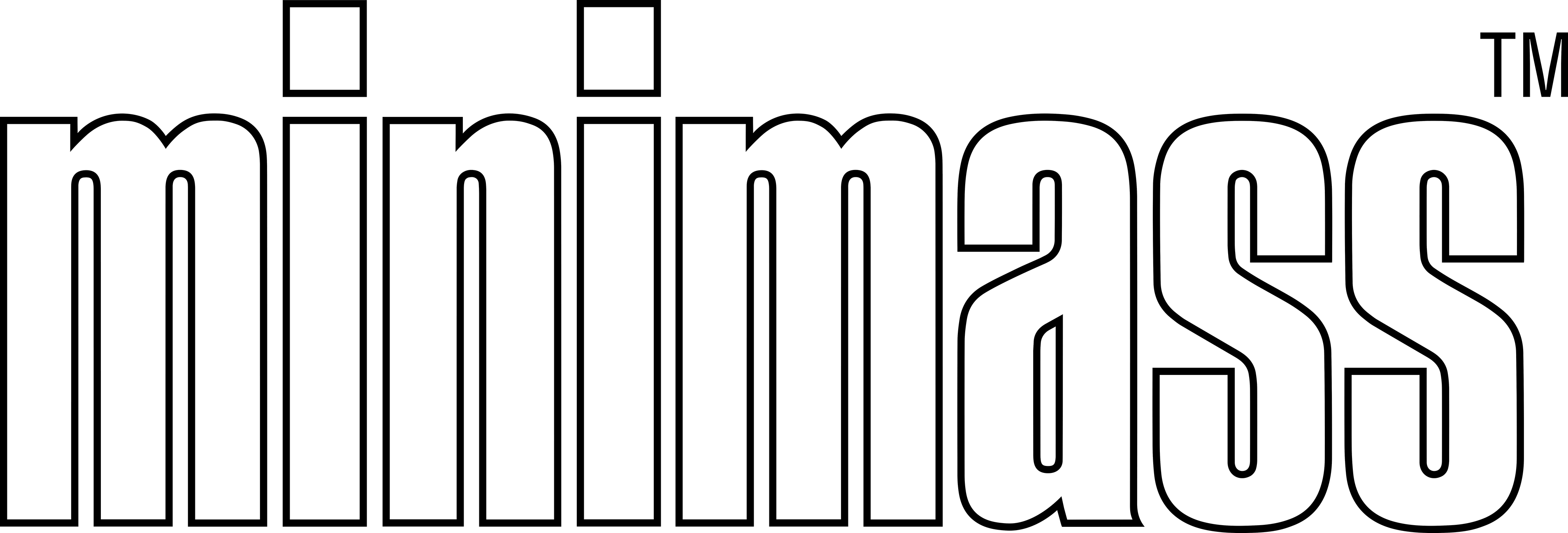Net Zero Projects Limited (trading as minimass)
Resource Excellence Award: For the best solution for resource use and circular economy
Number of employees at the company1-2
What is the measurable positive impact from implementing ESG?
minimass products are 50-70% lower carbon than traditional concrete or steel structural elements for construction for equivalent strength & durability performance, which is achieved by using less material & eliminating wasted materials. They can be used immediately to help the industry reduce its huge impact on global carbon emissions, whilst low carbon materials will likely take a decade to be adopted by the supply chain. Once adopted, minimass is future-proofed to work in tandem with these materials.
The global market for structural elements (beams, frames, columns, slabs) is forecast to be worth £80bn by 2028, producing 40 million tonnes of carbon annually. Switching to minimass would save £20 billion and 24 million tonnes of carbon every year.
What kind of innovation or technology does the company use?
minimass is an innovative, patented, low carbon & low cost improvement on traditional concrete and steel construction for use in large buildings and bridges. We are the first to use 3D construction printing technology to produce structural elements (e.g. beams, frames, slabs), enabling precise concrete placement, and the use of the right material, in the right place, for the right purpose. This significantly reduces the quantity of materials used, resulting in up to 70% less carbon and up to 35% lower supply cost for equivalent performance. We have patents granted for our beams, and patents pending for frames & slabs.
The design process is facilitated by in-house proprietary software for engineering calculations and 3D modelling.
Who are the founders of the company and what is their experience?
Andy Coward, Founder & CEO: A structural engineer with 20 years’ industry experience, including R&D work in 3D printing technology over the last 5 years. He holds a 1st class degree from Cambridge University in Civil and Structural Engineering. Prior to inventing minimass, he was Director of Engineering at Bjarke Ingels Group and Associate Partner at Foster + Partners.
Sarah Blake, Co-founder & Commercial Director: 11 years’ commercial real estate experience across several roles including insights, business development and CRM at British Land, where she was part of the senior leadership team. Formerly a strategy consultant, she also has commercial & analytical experience in the FMCG and retail industries, and holds a degree in Natural Sciences & Management Studies from Cambridge University.
What is the leadership style of the company? Is this a sustainable one?
Our leadership style is transformational and visionary, and we are passionate about sustainability. The core purpose of our company is to use less material in construction in order to reduce carbon emissions. The additional benefit is that we can achieve this whilst also reducing cost in an industry already at breaking point in terms of recent material cost inflation, with costs up by up to 50% since 2020. Most sustainable options cost more, leaving developers and contractors in a quandary - but switching to minimass reduces both carbon and cost.
Our vision for minimass is: minimum construction for maximum development. We aim to eliminate the carbon footprint of construction, without costing the earth, by revolutionising how structural materials are used.
What is the company's business model and how is this scalable?
We are initially selling / licensing beams, then diversifying into slabs, frames & columns in the medium-term. We have a two-pronged go to market strategy for our solution:
1) Domestic (UK & Ireland) manufacturing - cost per project + design fees
a) Short-term: manufacturing outsourced to 3D printing contractors. As a start-up, this enables us to bring in initial revenue. Key target sectors include offices, industrial & civils / bridges.
b) Medium-term: in-house manufacturing facility developed. This will allow ongoing R&D & innovation & improved margins. Further target sectors include retail, leisure & education.
2) International licensing & partnerships - royalty fees & design consultancy fees
This will enable rapid scaling up throughout our key target markets (eg Europe, Canada, Australia, US) and penetration of all three key target segments: refurbishment, new build and disaster relief. 3D printing contractors are keen to partner with minimass due to the diversification of their income stream (currently main use of technology is building walls of houses).
We are also developing design software to facilitate scaling, allowing other engineers to design projects using minimass solutions (another potential revenue opportunity).
To date, we have 13 pilot projects in discussion with major commercial developers, four letters of intent from highly regarded London engineering firms & international architecture firms, and two MOUs signed with international partners in Ukraine and Australia.

